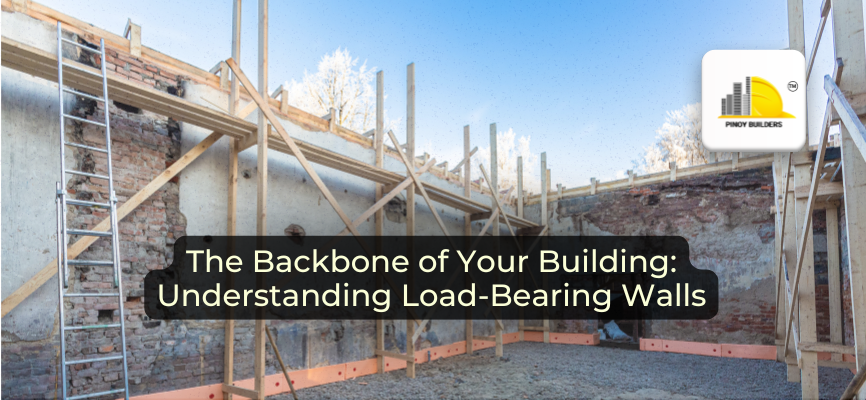Ever wonder what a load-bearing wall is and whether your house has one?
Load-bearing walls are essential to the stability of a building. Their purpose is to carry critical loads, such as floors, ceilings, and roof structures, providing the foundation for the structure’s integrity. These walls play a crucial role in ensuring a building can support the weight above it.
For homeowners, load-bearing walls can raise many concerns. It’s common to encounter situations during a home renovation where altering or removing a load-bearing wall is necessary. However, doing so can compromise the structure, potentially causing significant damage to the house. That’s why understanding and identifying load-bearing walls is essential for homeowners, builders, and renovators alike.
In this article, we’ll explore what a load-bearing wall is, its intended purpose, and how to identify one during a home renovation.
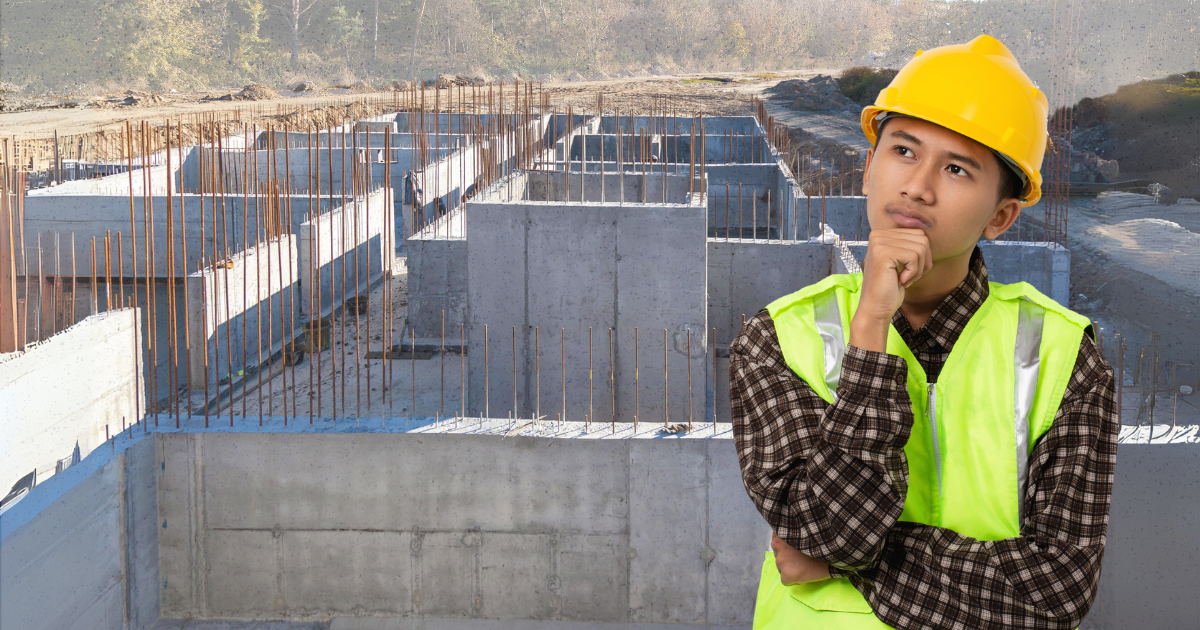
What is a Load-Bearing Wall?
A load-bearing wall is a structural element that bears weight from above, supporting floors, ceilings, and the roof. These walls distribute the weight evenly by transferring it to the building’s foundation.
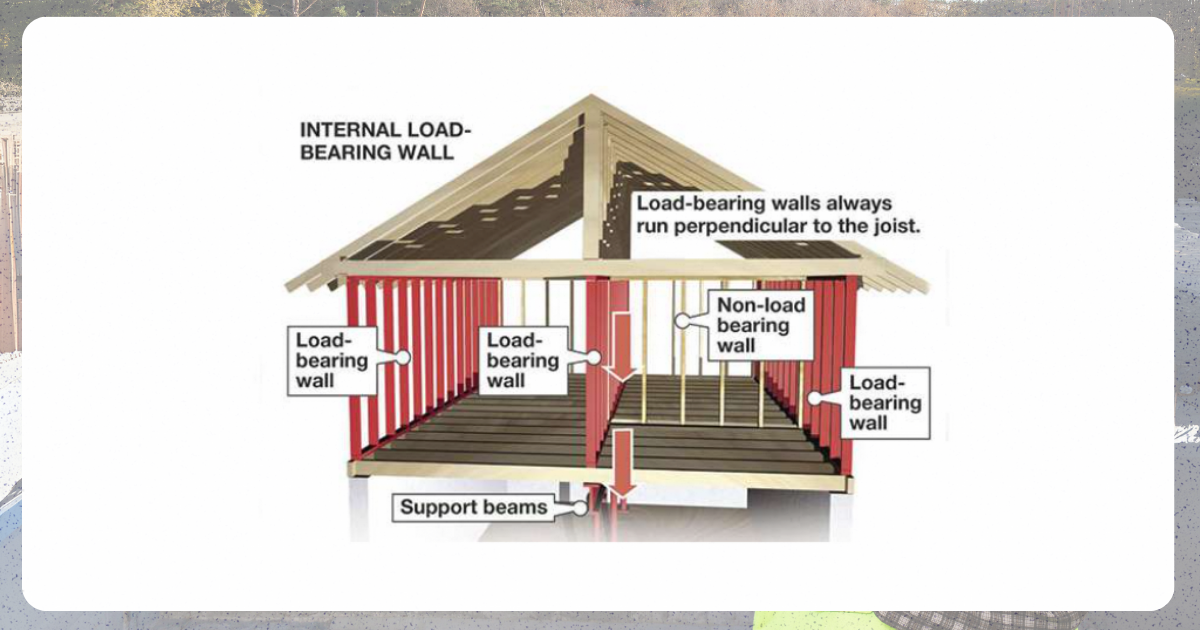
Load bearing walls diagram by Winnipeg Regional Real Estate News
In contrast, non-load-bearing walls are merely partitions that do not support any structural weight. Improper removal of a load-bearing wall without appropriate reinforcement can cause serious structural damage, including the collapse of parts of the building.
Types of Load-Bearing Walls
There are six types of load-bearing walls, each with a unique role in supporting a structure. These walls can vary in material, density, and placement—whether within the building or along its perimeter. By definition, a wall is considered load-bearing when it supports a vertical load or weight above it by transferring that weight to a structure below.
The types of walls listed below are considered “load-bearing walls,” as they have the ability to support weight from above by transferring it to a structure below.
1. Precast Concrete Wall
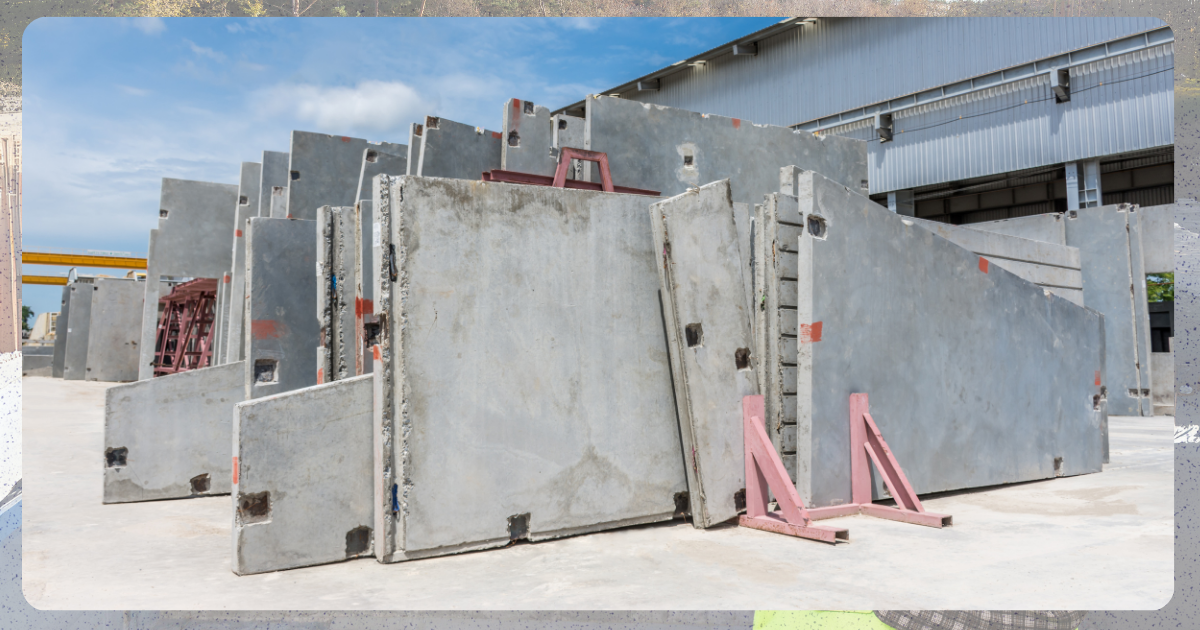
Due to their ability to support loads from above, these walls are appropriate for load-bearing applications in both exterior and interior settings.
2. Masonry Wall
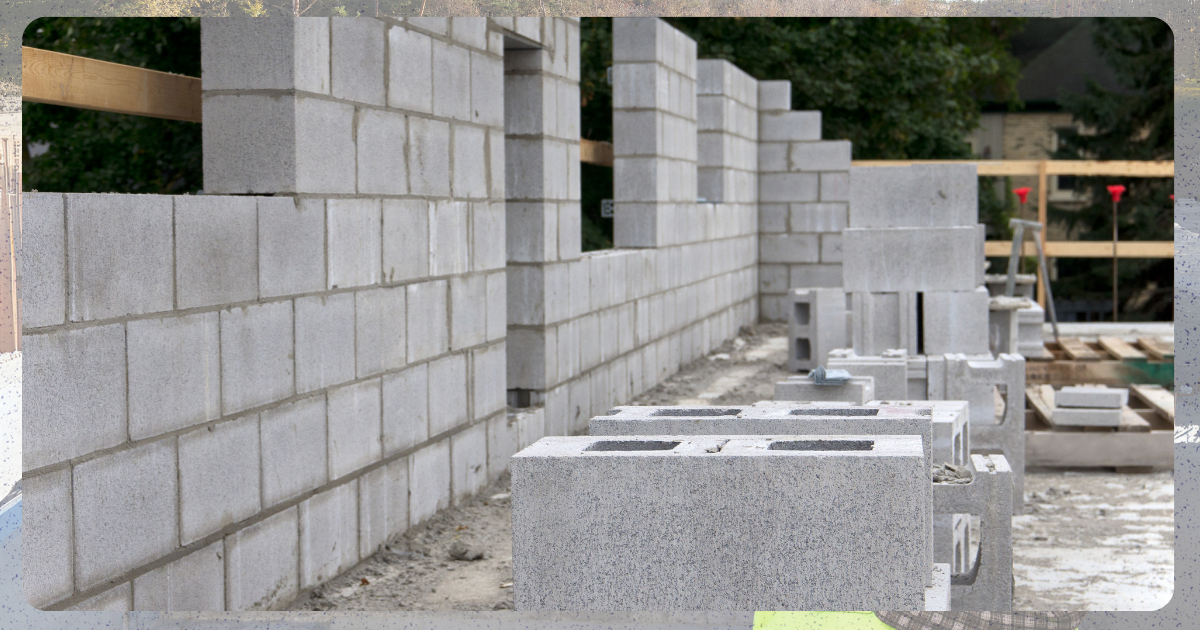
Masonry walls, typically made of bricks or blocks, are structurally strong and commonly used as load-bearing walls in residential and commercial buildings.
3. Pre-Panelized Load Bearing Metal Stud Walls
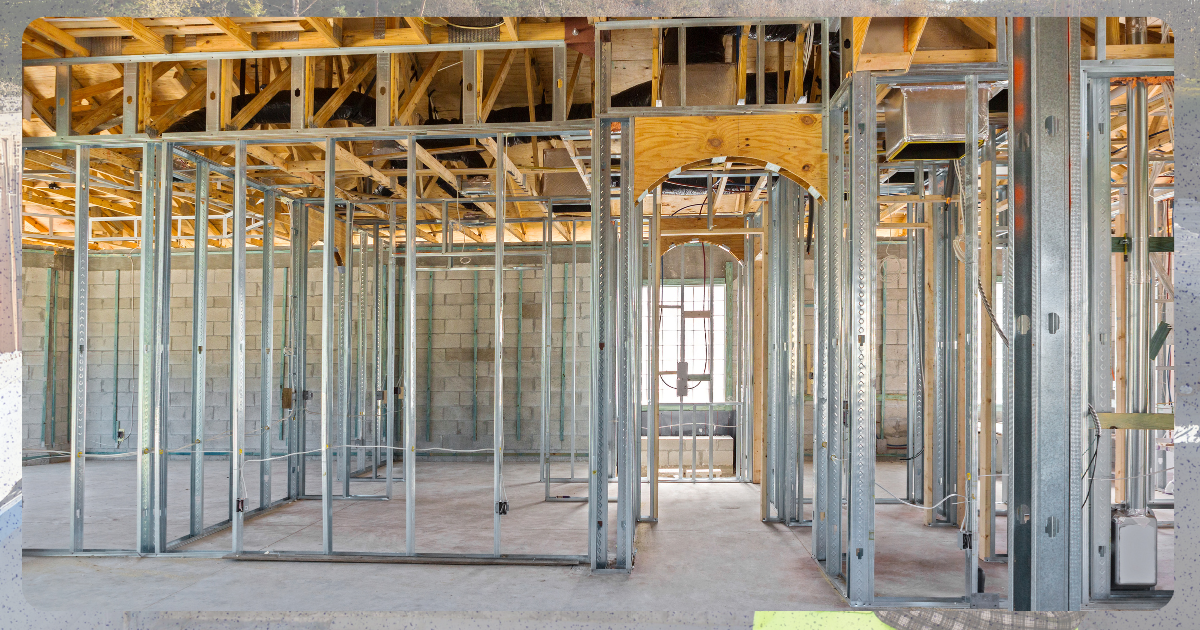
Engineers specifically engineered these walls to carry loads. Commonly pre-assembled, these walls utilize metal studs for efficient installation in buildings that require structural support.
4. Engineering Brick Wall

Engineering bricks are dense and highly durable, designed to support significant loads. Brick walls made with these materials are often used as load-bearing walls, particularly in multi-story buildings.
5. Stone Wall

Stone walls are naturally robust and can bear loads effectively, often used in traditional or historic structures as load-bearing walls.
How to Identify a Load-Bearing Wall
Check Blueprints and Structural Plans
One of the most reliable ways to identify load-bearing walls is by reviewing the original blueprints or structural plans of the building. Load-bearing walls are typically marked with an “S” on the plans, indicating their structural significance. These blueprints provide the most accurate and detailed information regarding the building’s layout and support systems.
Inspect of the Basement or Crawlspace
In homes with a basement or crawlspace, examining the direction of floor joists can provide insights into which walls are load-bearing. Load-bearing walls typically run perpendicular to floor joists.
Look at the Columns
Columns are structural elements that support loads from above, so their presence often indicates a load-bearing wall.
Compare Wall Location and Thickness
Load-bearing walls are often centrally located within the structure to distribute weight evenly. They are also typically thicker than non-load-bearing walls, as they must support additional weight from floors and roofs.
Assess Alignment with Structural Components
Take a look at walls that are aligned with beams, columns, or other structural elements because they are likely to be load-bearing.
Tools for Identifying Load-Bearing Walls
Apart from these indicators, there are also a couple of tools that can be used to find load bearing walls easier. These tools are:
- Stud Finders: Stud finders are handy tools that help detect extra studs, which indicate a wall that supports additional weight. These tools can assist in identifying load-bearing walls, especially when reviewing the interior structure of the wall.
- Level: A level can be used to check whether the wall aligns with the floor joists. Load-bearing walls typically run perpendicular to these joists, and using a level to check alignment can help confirm whether the wall is load-bearing.
Some load bearing walls are really incorporated well into the design of the structure, making them difficult to identify with standard tools or indicators. In these complex cases, it may be best to hire a structural engineer or contractor to evaluate the building. Before any renovations or modifications take place, experts can assess the structure in detail and ensure proper identification of load-bearing walls.
Finding the Backbone of Your Building
Load-bearing walls are essential for the structural integrity of any building. Understanding their function and proper identification is critical for ensuring safety during renovations or alterations. Always consult with a professional if you are considering removing or modifying any walls to avoid compromising the building’s stability and to comply with local building codes.
References:
Civil Engineering. (n.d.). What is Load Bearing Wall? Types of Load-Bearing Wall. Civil Engineering. Retrieved November 8, 2024, from https://civiltoday.com/construction/wall/229-load-bearing-wall
Heide Contracting. (n.d.). How to Identify Load-Bearing Walls: A Comprehensive Guide — Heide Contracting. Heide Contracting. Retrieved November 8, 2024, from https://www.heidecontracting.com/how-to-identify-load-bearing-walls
NoBroker. (2024, April 23). Load Bearing Walls: Key Considerations for Building Stability. NoBroker. Retrieved November 8, 2024, from https://www.nobroker.in/blog/load-bearing-walls/
Winnipeg Real Estate News. (2021, July 9). How to identify a load-bearing wall (and why it matters). Winnipeg Real Estate News. Retrieved November 8, 2024, from https://www.winnipegregionalrealestatenews.com/publications/real-estate-news/4509/how-to-identify-a-load-bearing-wall-and-why-it-matters


